UNDERSTANDING DIAMONDS
Diamonds are more than just stunning gemstones they are symbols of elegance, craftsmanship, and timeless beauty.
Diamond bracelets are both elegant and versatile, perfect for everyday wear or special occasions.
To help customers understand diamond quality, the 4Cs — Carat, Color, Clarity, and Cut — were developed by the Gemological Institute of America (GIA) in the 1940s. This system became the international standard for grading diamonds and remains the most trusted guide today.
Let’s take a closer look at each of the 4Cs, with a focus on what matters most when choosing a diamond tennis bracelet.
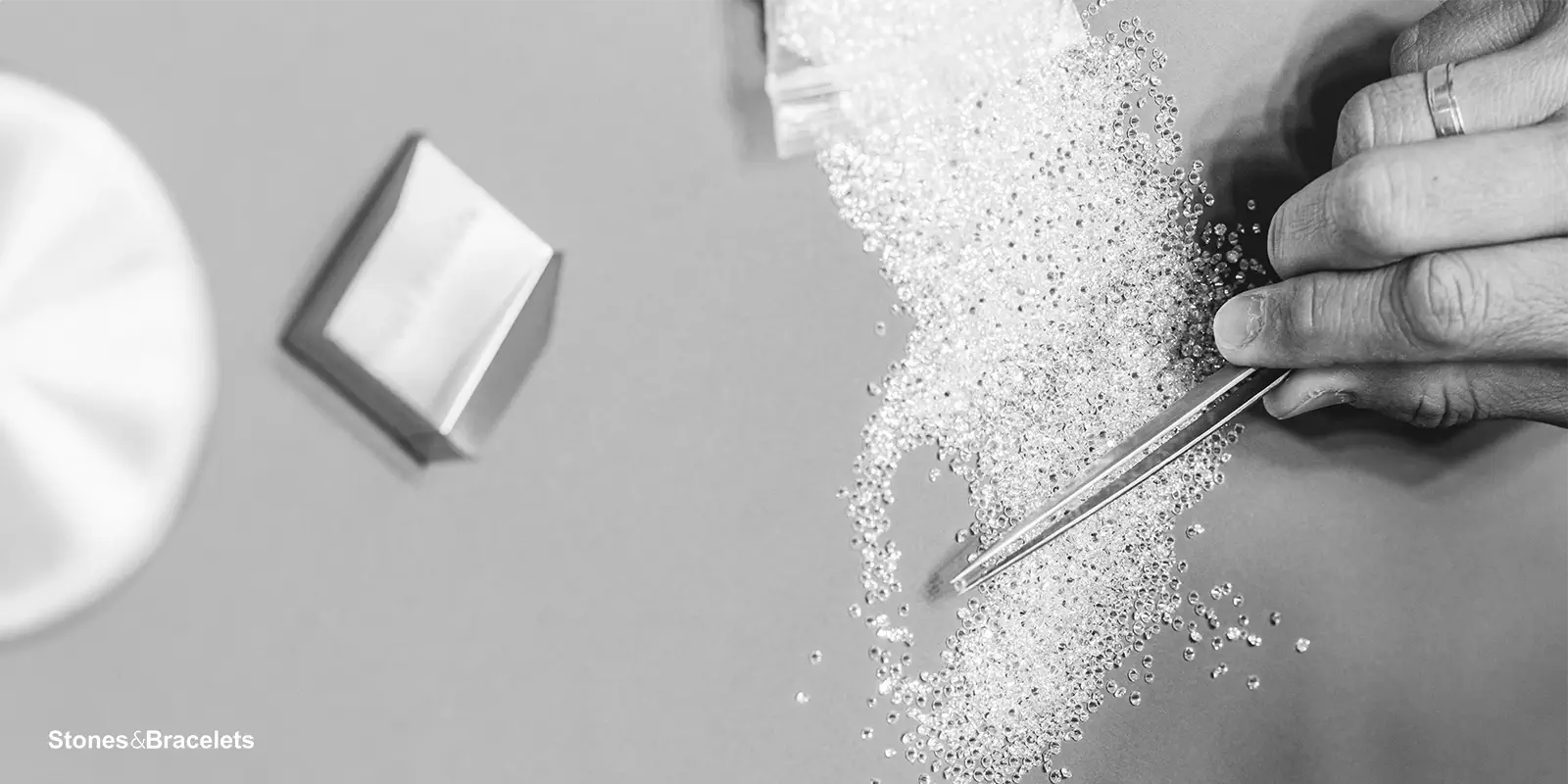
Carat
Carat refers to the weight of a diamond, not its size.
One carat equals 0.20 grams, and this measurement can influence the overall look and feel of a bracelet.
In diamond bracelets, especially tennis or line styles, the total carat weight (often listed as "ctw" or "total carat weight") is more important than the size of individual stones. A bracelet may feature many small, equally sized diamonds that together create a continuous line of brilliance.
While carat weight plays a major role in visual impact, it also significantly affects price — not just because of size, but because larger diamonds are much rarer. As a result, diamond pricing increases exponentially with carat weight. For example, a 1-carat diamond typically costs much more than double the price of a 0.50-carat stone of the same quality. This principle applies to bracelets too: the higher the total carat weight — especially with uniform, well-cut stones — the greater the value.
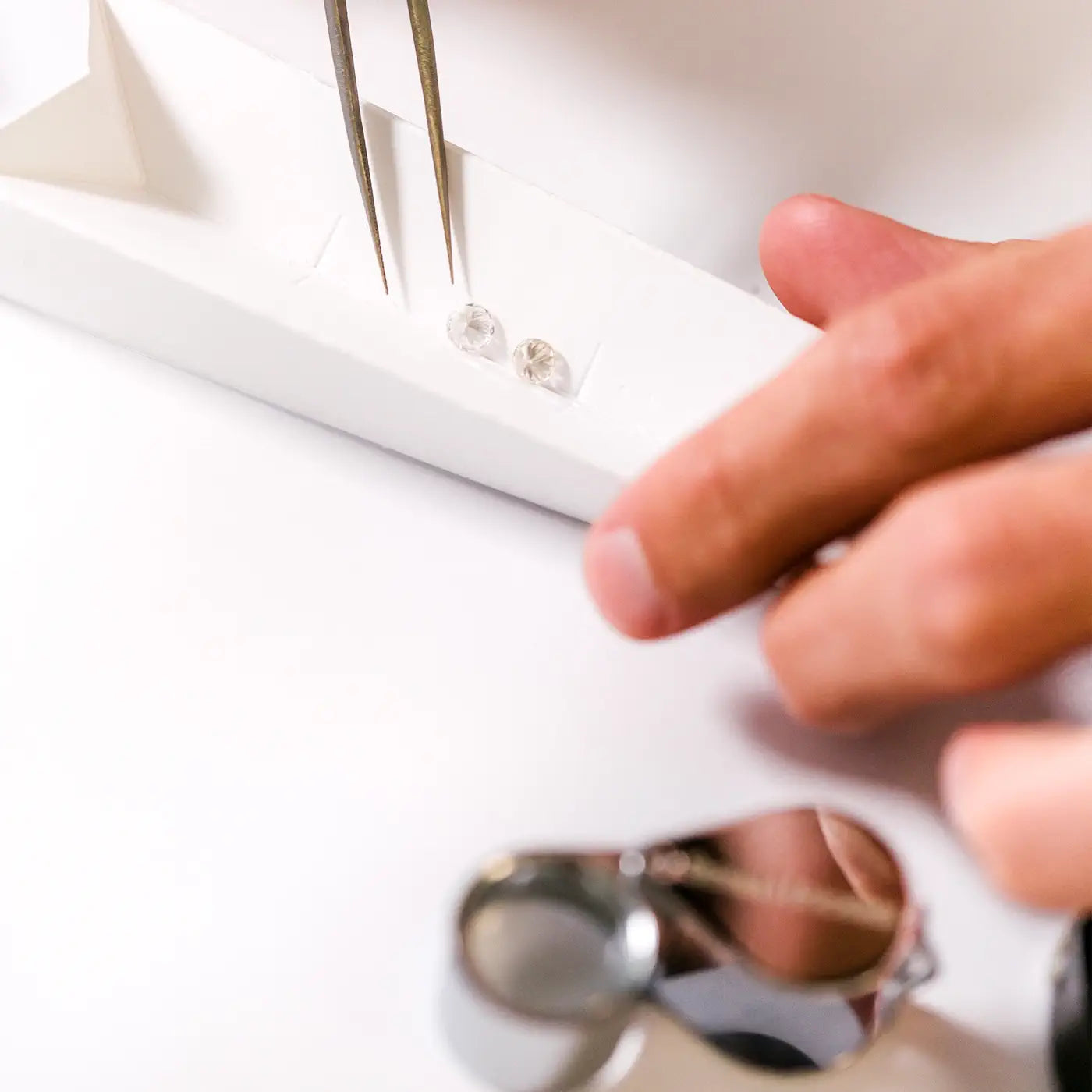
Color
Diamond color refers to how colorless a stone appears. The Gemological Institute of America (GIA) grades diamonds on a scale from D (completely colorless) to Z (noticeable yellow or brown tint).
In bracelets, where many diamonds are set side by side, consistency in color is key. Even slight variations can be more noticeable when stones are viewed in a continuous line.
Here’s a simplified breakdown of the most commonly used color grades in diamond bracelets:
- D–F (Colorless): Appear icy-white and are highly sought-after for their clean, bright look. Ideal for white gold or platinum settings.
- G–H (Near Colorless): Offer an excellent balance of quality and value. Still appear very white, especially once set in a bracelet.
- I–J (Slightly Tinted): A subtle warmth may be visible, making them a great choice for yellow or rose gold settings, where the metal naturally complements the diamond tone.
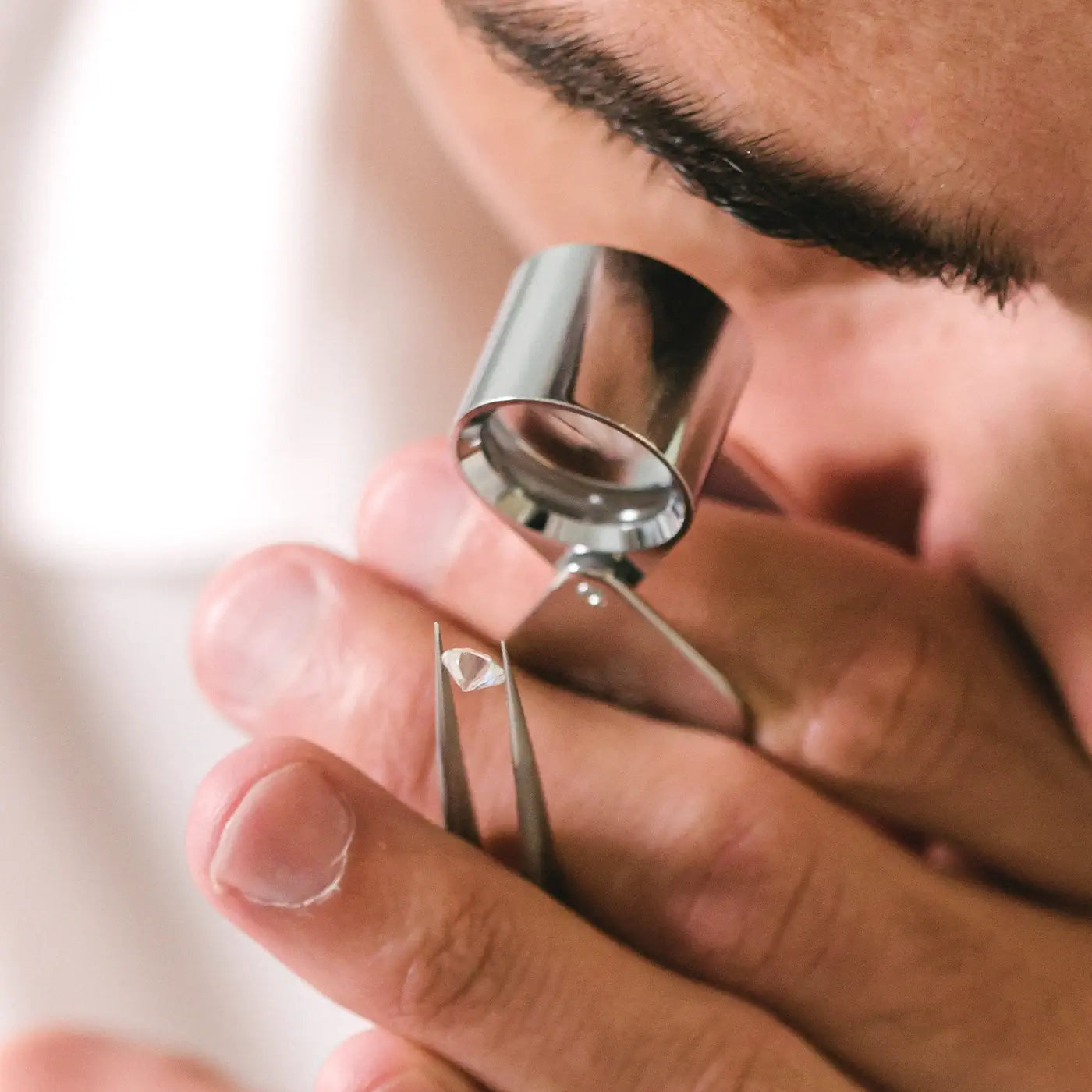
Clarity
Clarity refers to the presence (or absence) of internal inclusions or external blemishes in a diamond. These natural features form during the diamond’s creation and are assessed using a 10x magnification loupe, the standard tool for grading.
The GIA clarity scale ranges from Flawless (FL) to Included (I1–I3). In diamond bracelets — where the stones are smaller and seen from a distance — the goal is to choose diamonds that appear clean to the naked eye and consistent throughout the piece.
Here’s how clarity grades apply in bracelet design:
- VVS (Very Very Slightly Included) and FL/IF (Flawless/Internally Flawless): These diamonds have extremely minute inclusions, even under magnification. They are rare and pristine but typically not necessary unless the bracelet features larger, high-value stones.
- VS (Very Slightly Included) to SI (Slightly Included): Excellent choices for bracelets. Inclusions are generally invisible without magnification, offering the best balance between appearance and value.
- I (Included): Inclusions in this range are often visible to the naked eye, which can disrupt the uniformity and brilliance of the bracelet. These are usually avoided in fine jewelry.
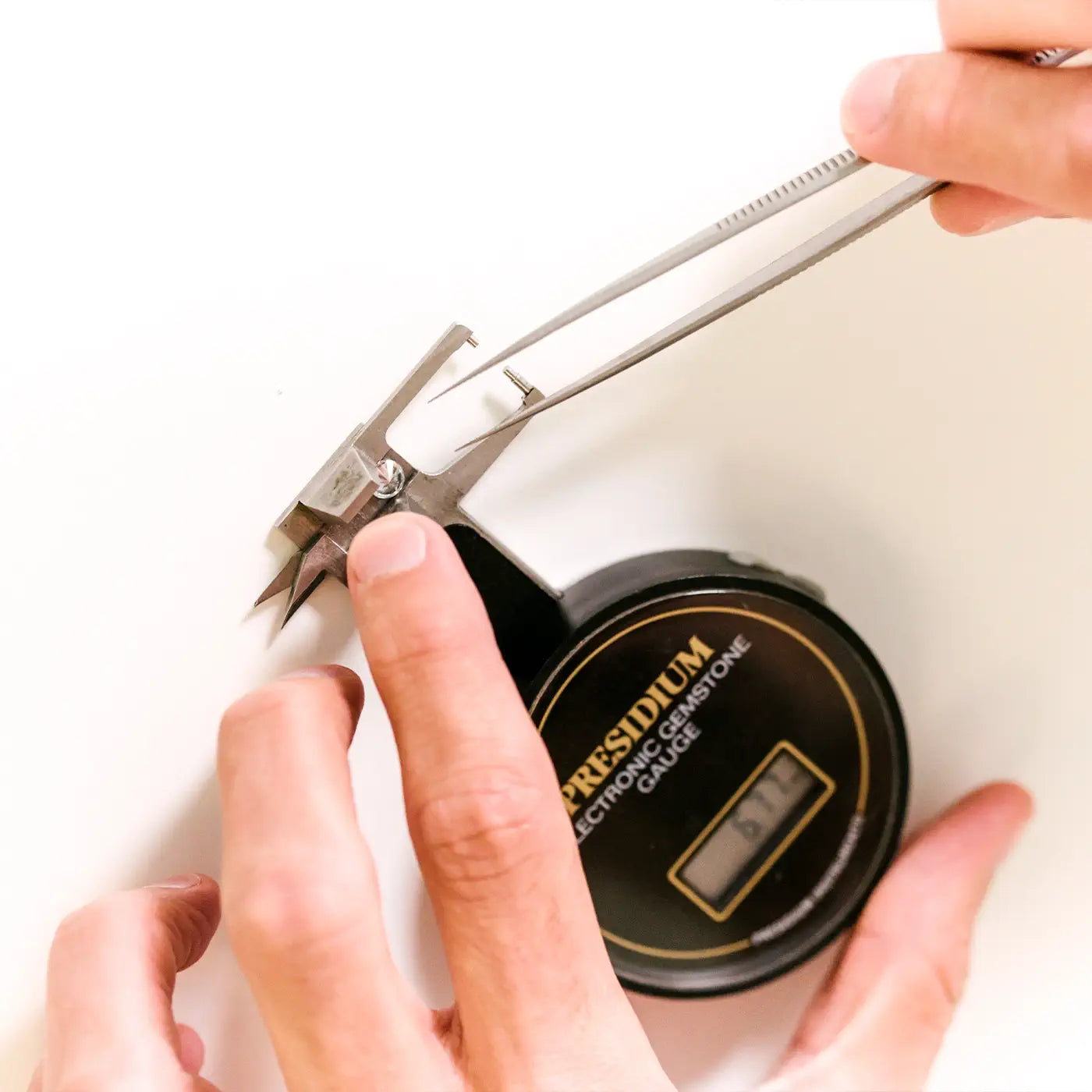
Cut
Cut refers to how well a diamond’s facets interact with light — influencing its brilliance, sparkle, and overall beauty. Unlike shape (round, oval, etc.), cut quality is about proportion, symmetry, and polish.
The GIA grades cut on a scale from Excellent to Poor, but this grading is officially applied only to round brilliant diamonds. That said, the concept of cut quality applies to all shapes.
In bracelets, where multiple diamonds are set in a row, consistent cut quality is essential. Well-cut diamonds will reflect light evenly, creating a uniform sparkle across the wrist. Poorly cut stones, even if high in color or clarity, can appear dull or mismatched.
When choosing a diamond bracelet, look for stones that:
- Have excellent or very good proportions for their shape
- Appear lively and bright, with consistent sparkle
- Are well-matched in symmetry and polish across the entire piece
A beautifully cut bracelet doesn’t just shine — it comes to life with every movement.
Diamond Shapes
Diamonds used in bracelets come in a variety of shapes, each defined by its cut and facet pattern. While round diamonds are the most common, other shapes offer distinct visual effects and can give a bracelet a unique character. Below is an overview of the most frequently used shapes in diamond bracelet design:
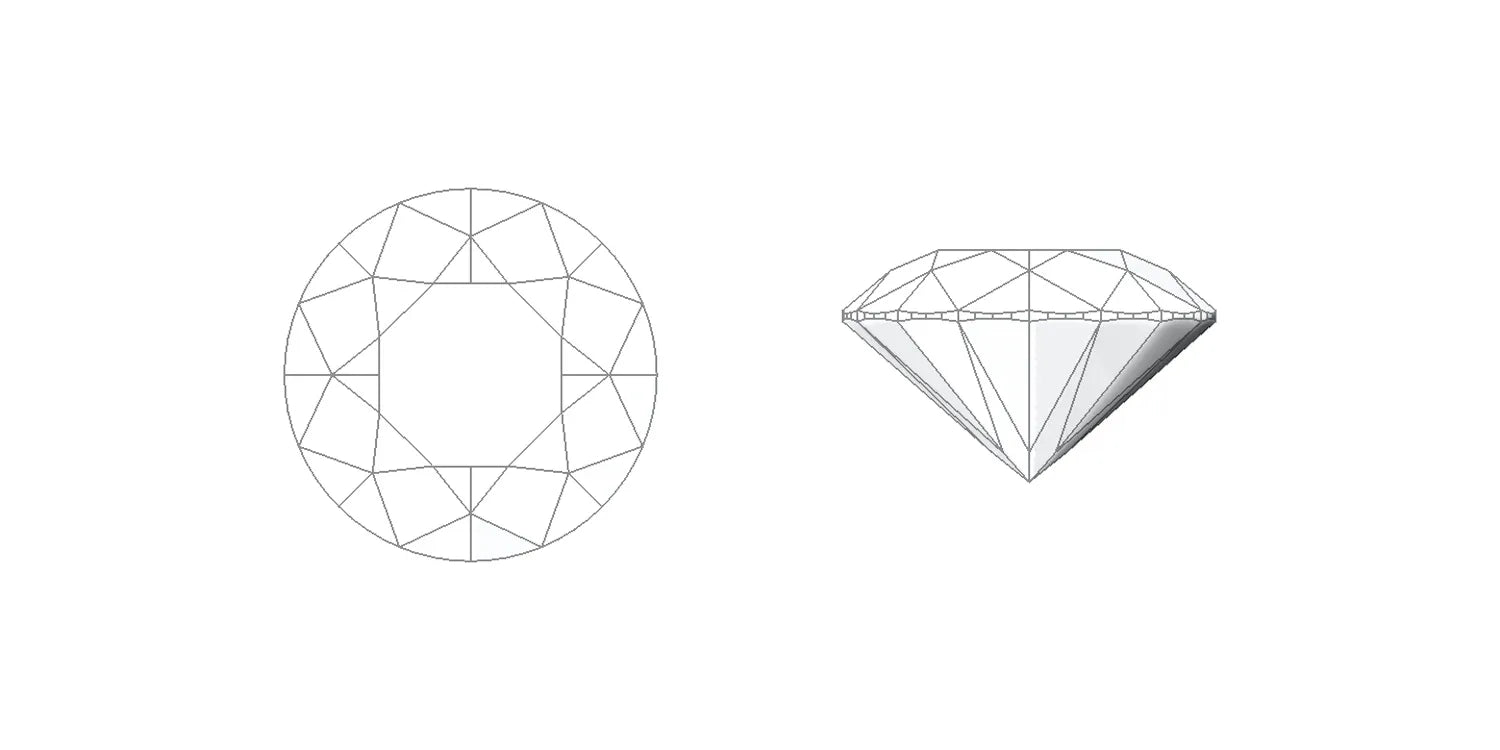
Round Brilliant
Perfectly symmetrical with 58 facets, offering maximum sparkle and the most commonly used shape in diamond bracelets.
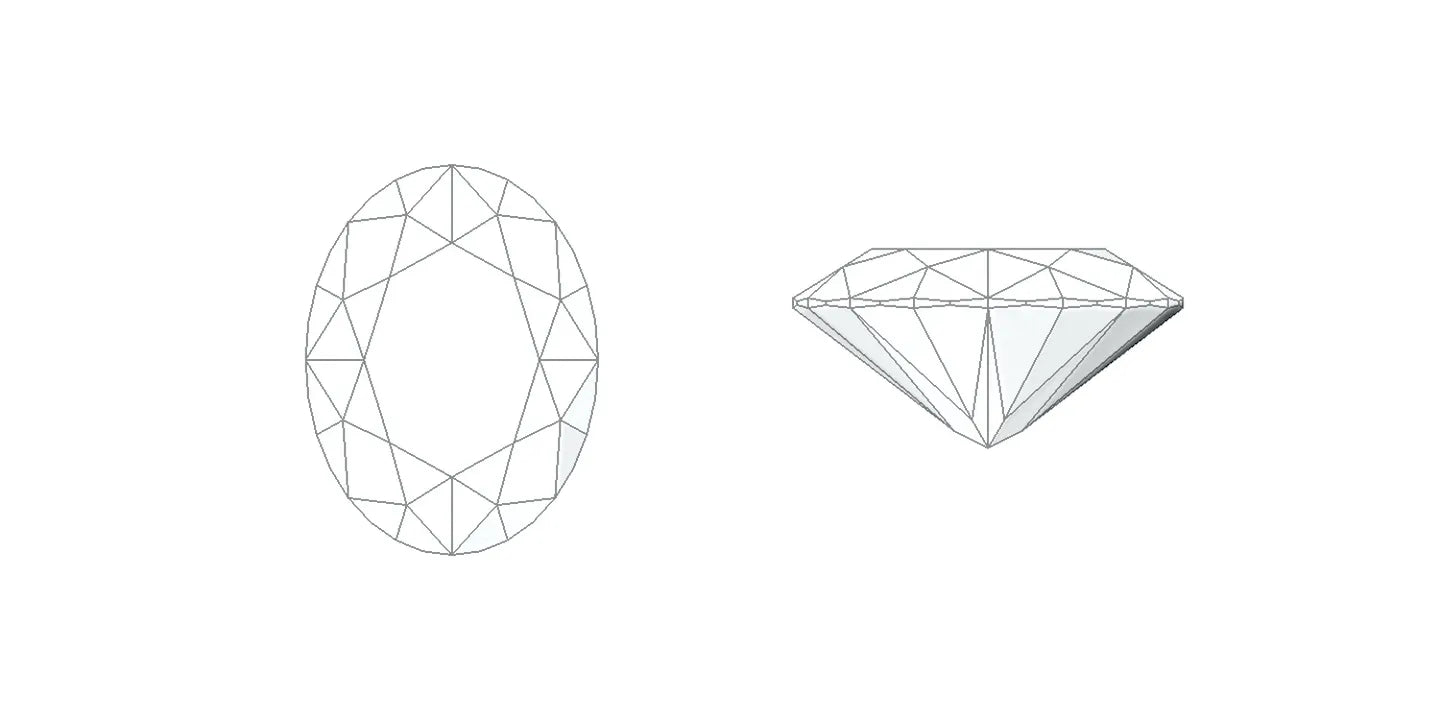
Oval
Elongated shape that provides a smooth, elegant line of sparkle, often making the bracelet appear slightly longer.
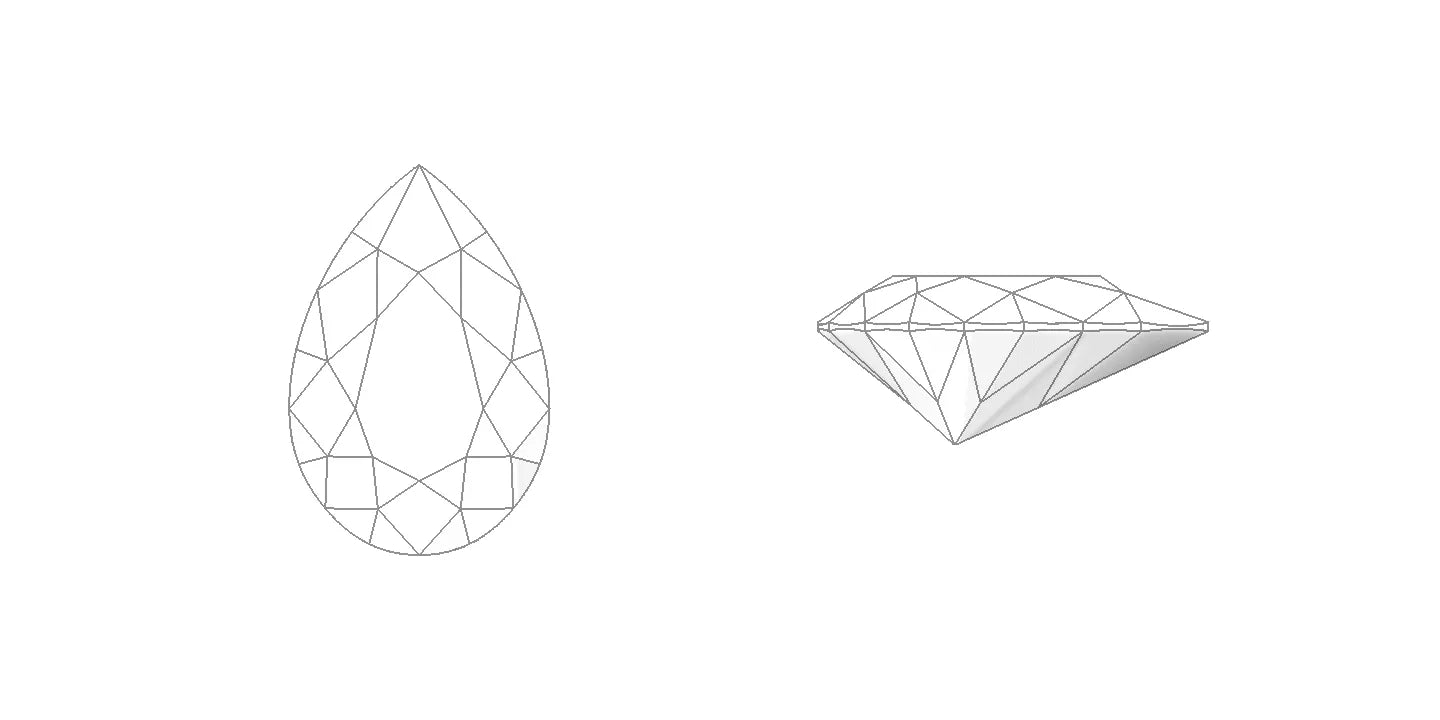
Pear
Teardrop shape that combines a rounded end with a pointed tip, adding a unique and elegant touch to modern bracelet styles.
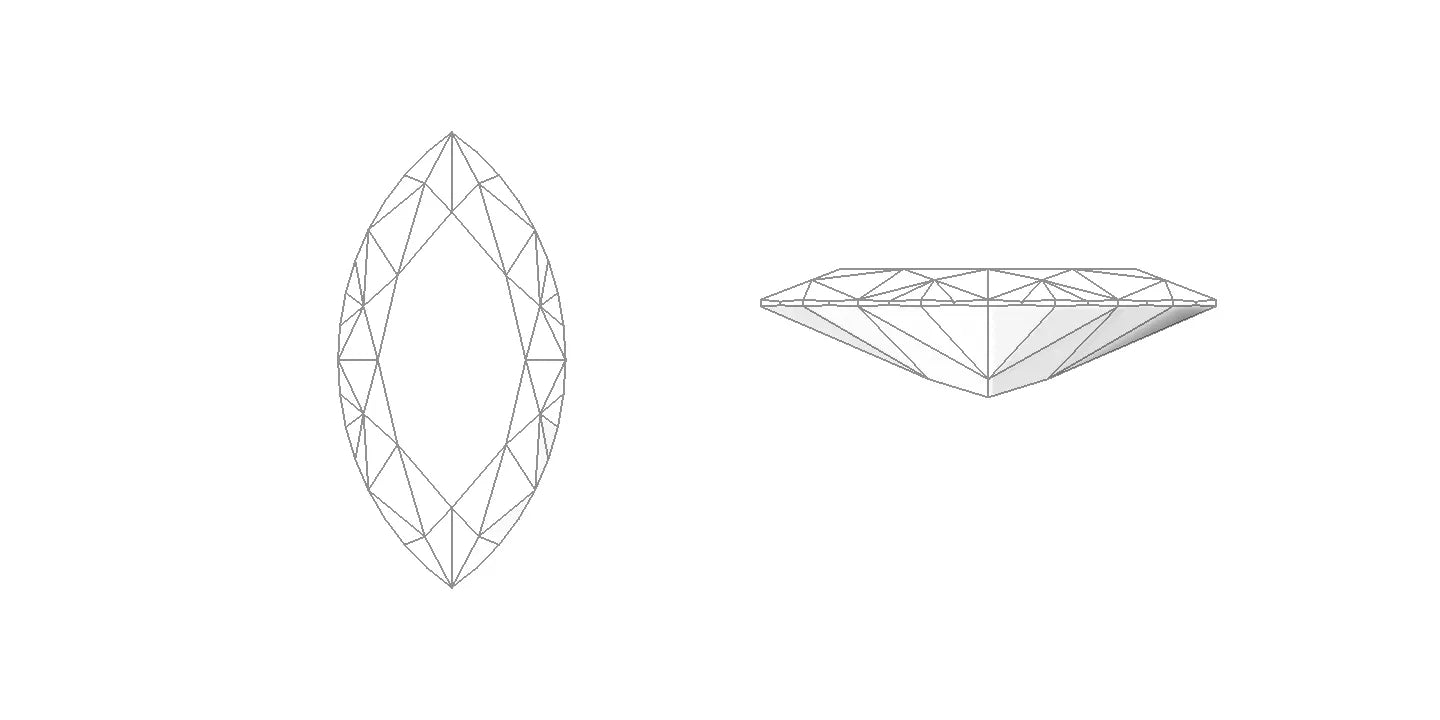
Marquise
Long, pointed at both ends, ideal for creating a dramatic, elongated effect in bracelet designs.
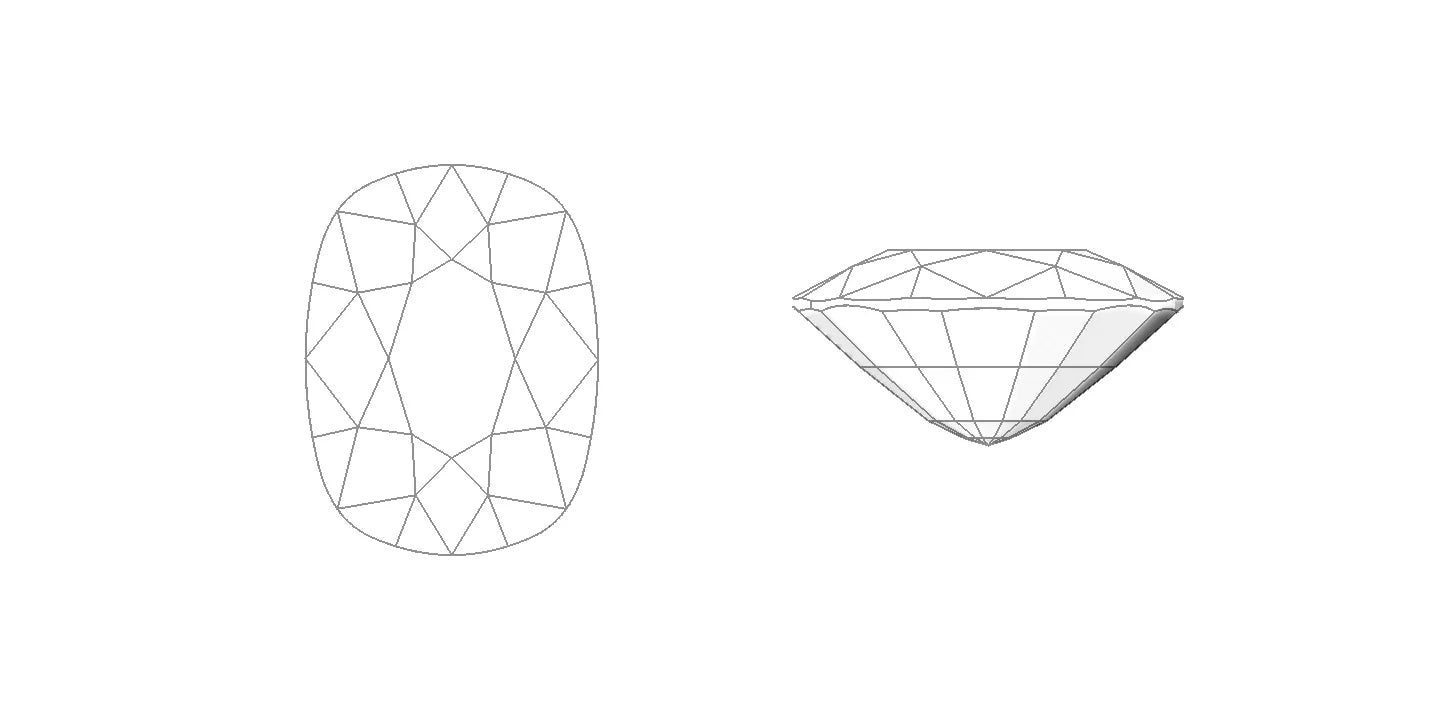
Cushion
Square or rectangular with rounded corners and larger facets, giving off a soft, vintage-style glow.
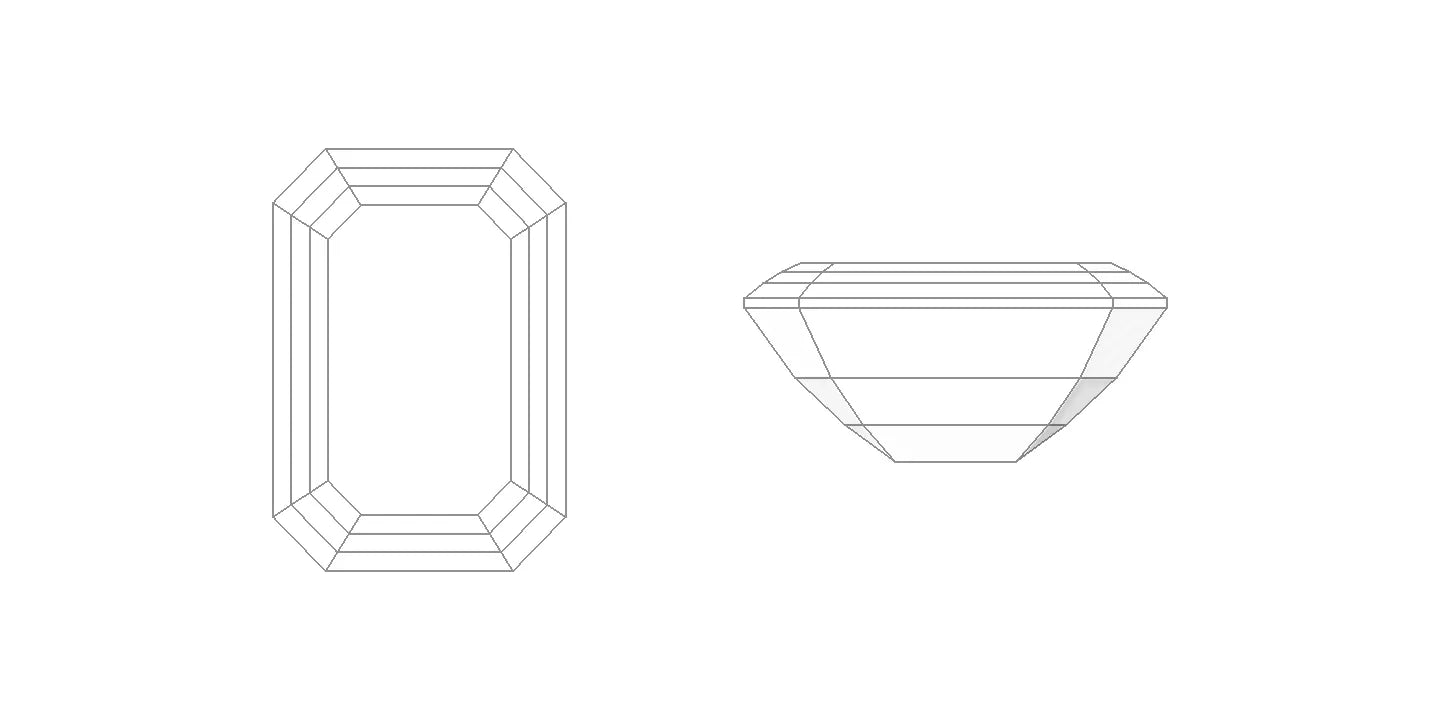
Emerald
Rectangular step-cut with parallel facets that create a clean, mirror-like effect and a sophisticated look.
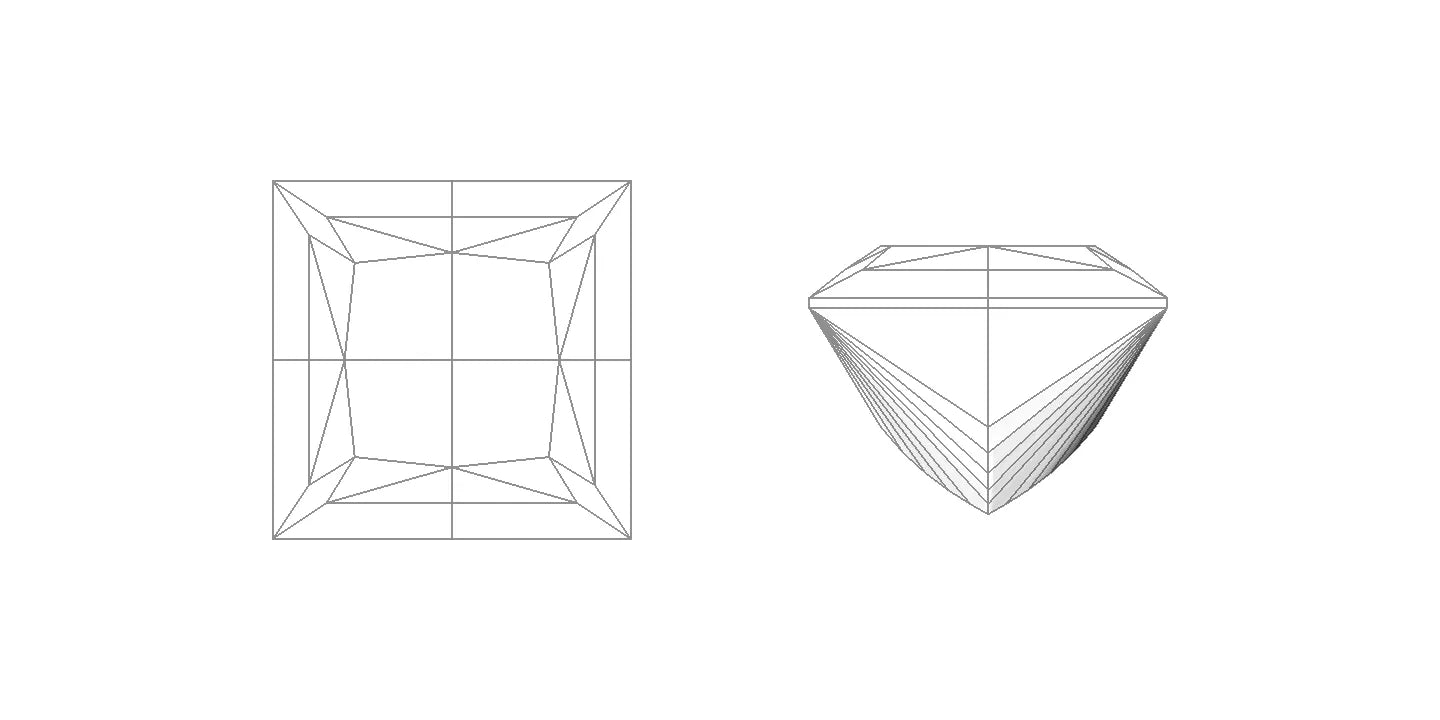
Princess
Square-shaped with sharp corners, known for its modern appearance and high brilliance.
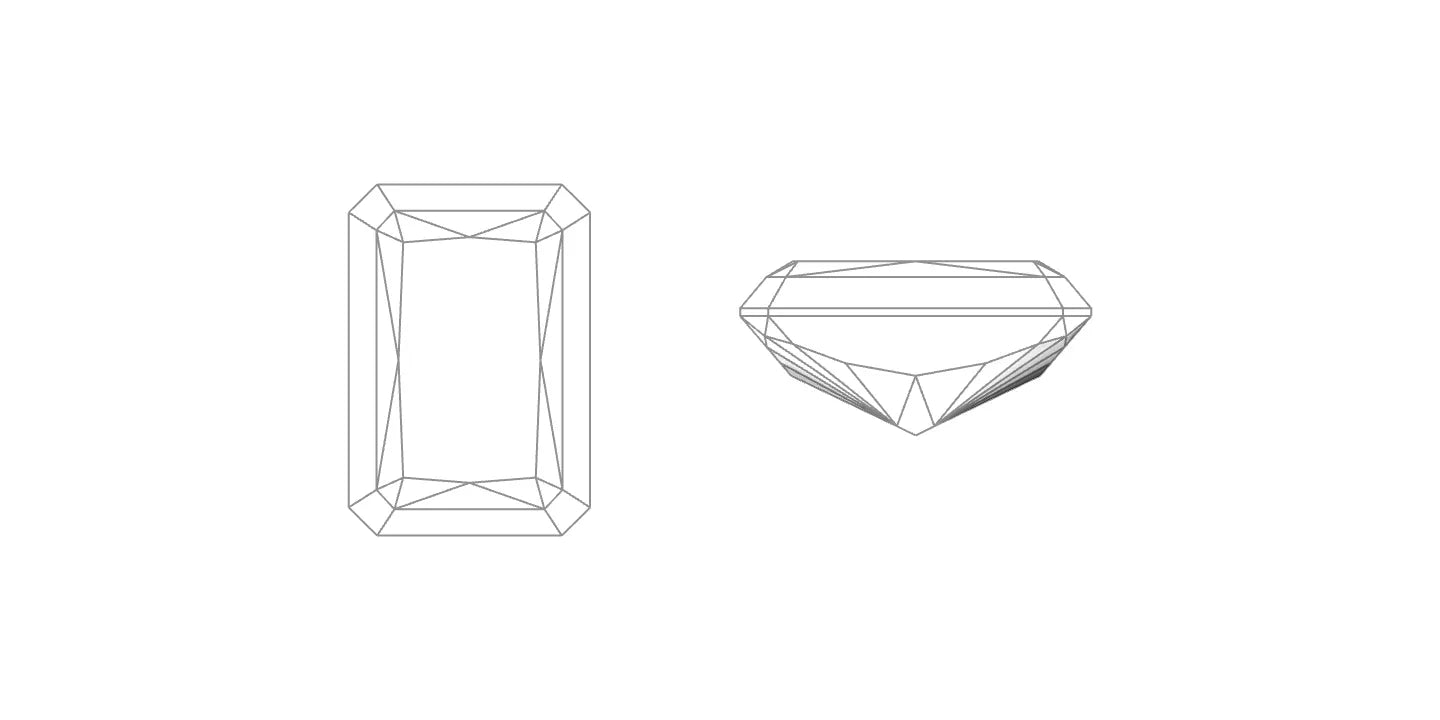
Radiant
Combines the brilliance of a round cut with the shape of an emerald, offering sparkle with an angular outline.
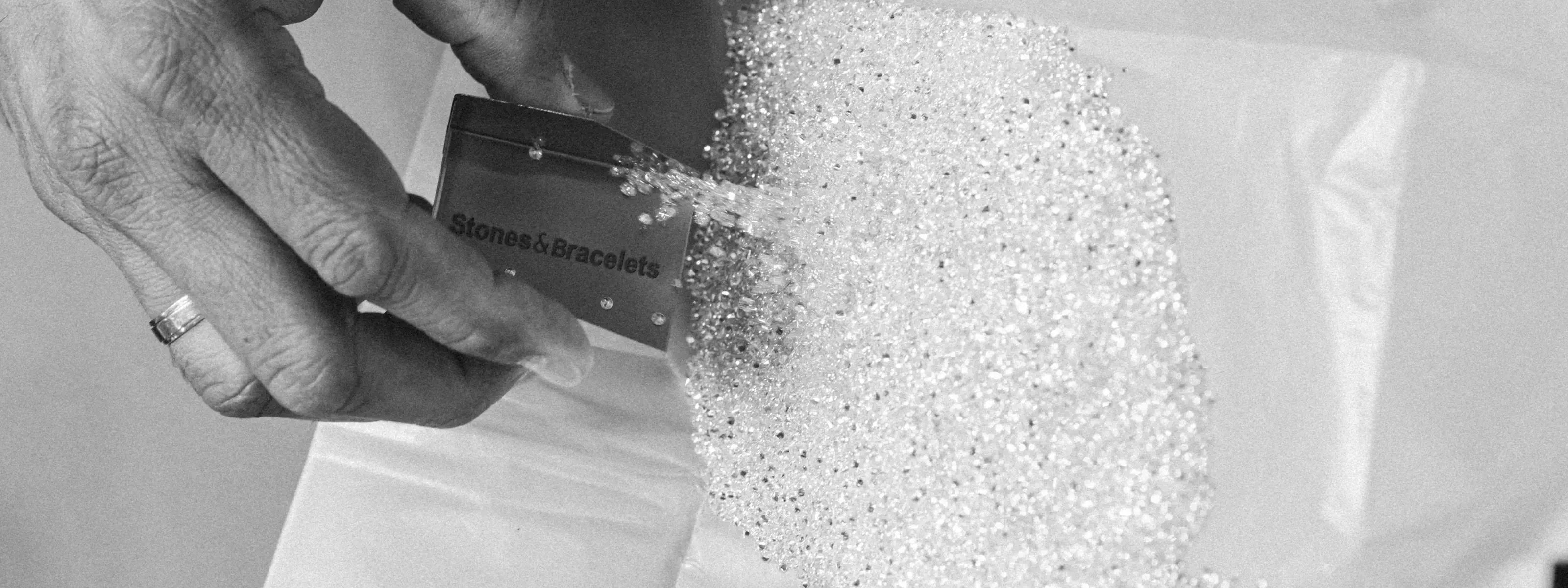
Final Thoughts
Understanding the 4Cs — Carat, Color, Clarity, and Cut — gives you the knowledge to choose a diamond bracelet with confidence and intention. The quality of each diamond plays a key role in the overall beauty, harmony, and value of the piece.
A well-crafted diamond bracelet isn’t just jewelry — it’s a reflection of craftsmanship, character, and personal style. And when each detail is chosen with care, it becomes a piece to wear, treasure, and pass on for generations.
We’re here to guide you through every step — with clarity, transparency, and expertise.